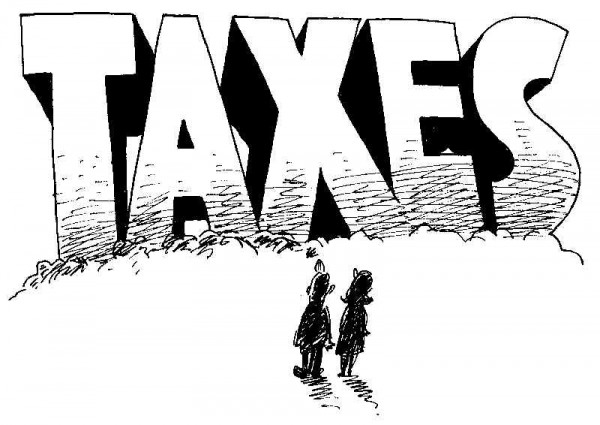Information technology that is so….1970s: Govt. spends BILLIONS on old, antique computer systems
06/01/2016 / By usafeaturesmedia

(BigGovernment.news) The Government Accountability Office, in a recent audit, found that the federal government spends billions in taxpayer dollars each year to operate and maintain antiquated information technology and computer systems, leaving few dollars to upgrade and replace them.
As reported by The Associated Press, the GAO, in a report released last Wednesday, found that about three-quarters of the $80 billion budget for IT is spent just on keeping systems functioning, with those costs going up each year, some on systems that date back 50 years. In 2017, the government will need to spend $7 billion more on operations and maintenance than it did in 2010.
“Clearly, there are billions wasted,” GAO information technology expert David Powner told the House Oversight and Government Reform Committee at a recent hearing.
Lawmakers from both parties say that is frustrating, but they have not found a clear way forward in which Congress will act to substantively address the issue. Part of the problem is finding the money to plow into IT upgrades, which will be increasing harder to do as other line items like welfare spending, Social Security and government health costs – all mandatory – eat up more of the budget.
As noted by The Associated Press, here are some of the vintage computing platforms still in use:
— The Defense Department’s Strategic Automated Command and Control System, which is used to send and receive emergency action messages to U.S. nuclear forces. The system is running on a 1970s IBM computing platform, and still uses 8-inch floppy disks to store data. “Replacement parts for the system are difficult to find because they are now obsolete,” GAO said. The Pentagon told GAO it is initiating a full replacement and the floppy disks should be gone by the end of next year. The entire upgrade will take longer – until 2020, the report noted.
— Treasury’s individual and business master files, the authoritative data sources for taxpayer information. The systems are about 56 years old and use an outdated computer language that is difficult to write and maintain. Treasury plans to replace the systems but has no firm dates, so…no firm plans, either.
— Social Security systems that are used to determine eligibility and estimate benefits, about 31 years old. Some use a programming language called COBOL, dating to the late 1950s and early 1960s. “Most of the employees who developed these systems are ready to retire and the agency will lose their collective knowledge,” the report said. “Training new employees to maintain the older systems takes a lot of time.” Social Security has no plans to replace the entire system but is eliminating and upgrading older and costlier components. A short-term fix: Rehiring retirees who know the system and how it works. Pathetic.
— Medicare’s Appeals System, which is only 11 years old, faces challenges keeping up with a growing number of appeals, as well as questions from congressional offices following up on constituent concerns. The report says the agency has general plans to keep updating the system, depending on the availability of funds.
Is it any wonder why there is so much government inefficiency, not to mention waste, fraud and abuse? There is no way these antique systems can adequately track spending, outlays, and fraudulent activity.
“Legacy federal IT investments are becoming obsolete,” the report concluded, in what is a monumental understatement. “The federal government runs the risk of continuing to maintain investments that have outlived their effectiveness and are consuming resources that outweigh their benefits.”
To think there might even be some third-world countries that have similar (or better) IT systems than we do, is just amazing.
More:
- Taxpayers forced to spend hundreds of millions on more inefficient ethanol
- Waste not, want not: Report exposes hundreds of BILLIONS every year in duplicate govt. spending
- Rand Paul announces big government waste ‘bracket’ winners
BigGovernment.news is part of the USA Features Media network. Check out our daily headlines here.
Tagged Under: antique, computer systems, GAO, IT





















